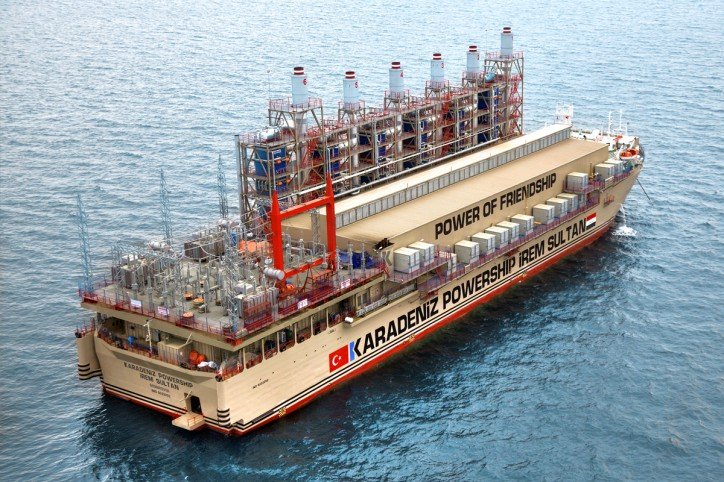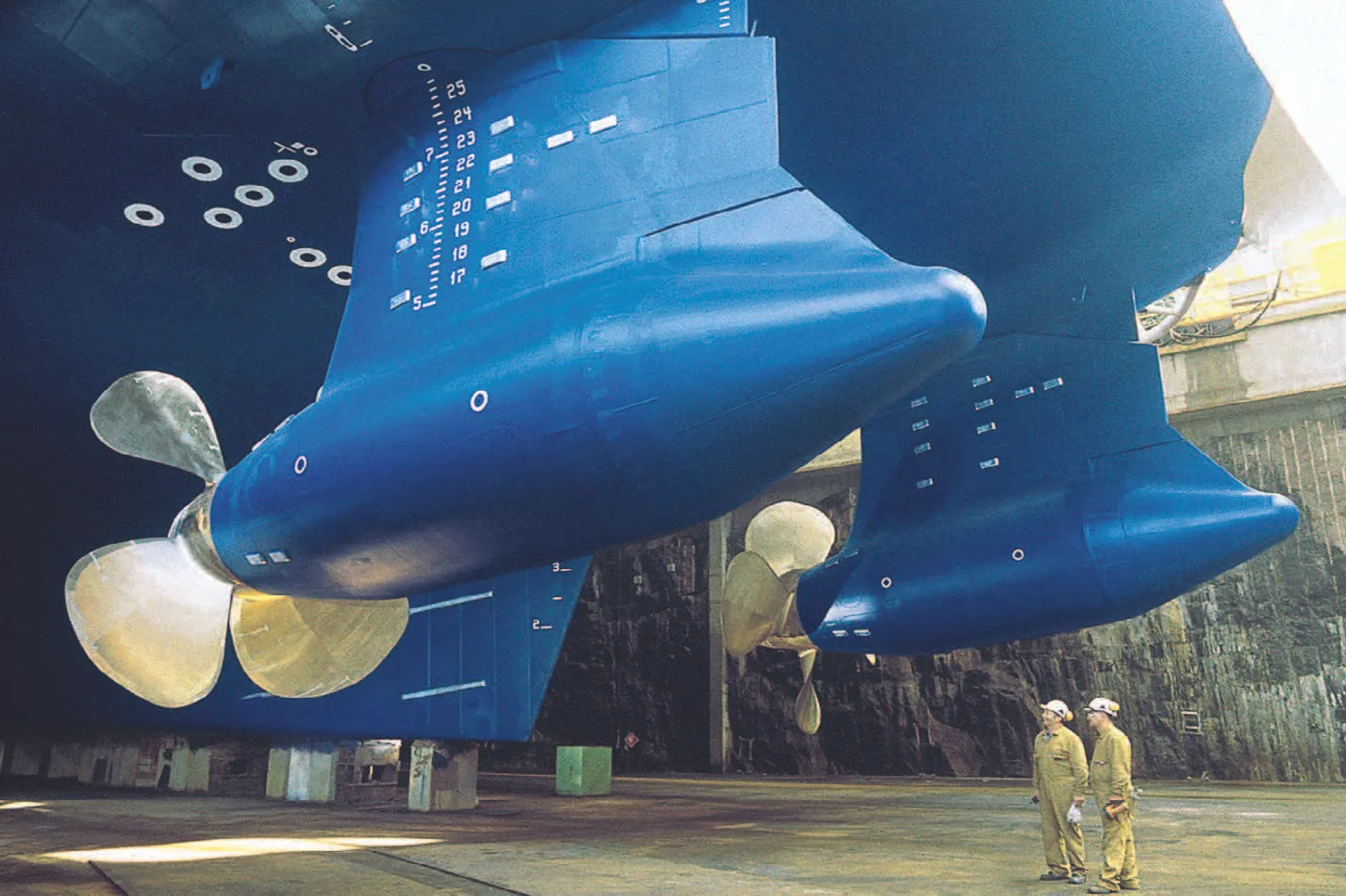
Contents
- Introduction to Powerplant Ships
- Types of Powerplant Ships
- 2.1 Floating Power Plants
- 2.2 LNG Power Barges
- 2.3 Nuclear Power Ships
- Examples of Powerplant Ships
- 3.1 MV Karadeniz Powership
- 3.2 MV Smit Energy
- 3.3 Akademik Lomonosov
- Sizes, Capacities, and Costs
- Construction Costs and Timelines
- Benefits and Challenges of Powerplant Ships
- Recent Projects and Deployments
- Main Components of Powerplant Ships
- Case Studies
- Conclusion
- References
1. Introduction to Powerplant Ships
Powerplant ships, also known as floating power plants or power barges, are vessels equipped with onboard power generation facilities. These ships can provide electricity to remote areas, serve as emergency power sources, and support power grids during peak demand periods. This article explores the different types of powerplant ships, notable examples, and their specifications.
2. Types of Powerplant Ships
2.1 Floating Power Plants
Floating power plants are vessels that house complete power generation systems. They can be deployed quickly and are often used in regions where building traditional power infrastructure is challenging or time-consuming.
2.2 LNG Power Barges
LNG power barges use liquefied natural gas as their primary fuel source. They are environmentally friendly and can provide a reliable power supply with lower emissions compared to traditional fossil fuels.
2.3 Nuclear Power Ships
Nuclear power ships are equipped with nuclear reactors to generate electricity. They are capable of providing long-term power supply without the need for frequent refueling, making them suitable for isolated locations.
3. Examples of Powerplant Ships
3.1 MV Karadeniz Powership
Description: The MV Karadeniz Powership fleet, operated by Karpowership, consists of several vessels that serve as floating power plants. These ships are deployed worldwide to provide emergency and supplemental power.
Size and Capacity:
- Length: Approximately 250 meters
- Capacity: Up to 470 MW
Cost: Estimated around $300 million per vessel.
3.2 MV Smit Energy
Description: The MV Smit Energy is a versatile floating power barge used to provide temporary power supply in various regions. It is known for its mobility and quick deployment.
Size and Capacity:
- Length: Approximately 120 meters
- Capacity: Up to 120 MW
Cost: Estimated around $150 million per vessel.
3.3 Akademik Lomonosov
Description: The Akademik Lomonosov is a Russian nuclear power ship designed to provide electricity to remote areas in the Arctic region. It is the first of its kind and represents a significant advancement in floating nuclear power technology.
Size and Capacity:
- Length: Approximately 140 meters
- Capacity: Up to 70 MW
Cost: Estimated around $450 million per vessel.
4. Sizes, Capacities, and Costs
- MV Karadeniz Powership: 250 meters long, 470 MW capacity, $300 million.
- MV Smit Energy: 120 meters long, 120 MW capacity, $150 million.
- Akademik Lomonosov: 140 meters long, 70 MW capacity, $450 million.
5. Construction Costs and Timelines
Constructing a powerplant ship involves significant investment and time. On average, building a floating power plant can cost between $150 million and $450 million, depending on the size and technology used. The construction timeline typically ranges from 18 to 36 months.
6. Benefits and Challenges of Powerplant Ships
Benefits:
- Flexibility: Can be deployed quickly to areas in need.
- Mobility: Can be relocated as needed to provide power in different regions.
- Reduced Infrastructure Requirements: Eliminates the need for extensive land-based power infrastructure.
Challenges:
- High Initial Cost: Significant investment required for construction and deployment.
- Maintenance: Requires regular maintenance and skilled personnel.
- Environmental Concerns: Potential risks associated with fuel spills and emissions.
7. Recent Projects and Deployments
Karpowership in Mozambique
In 2021, Karpowership deployed two powerships to Mozambique to address the country’s energy crisis. These ships provide a combined capacity of 450 MW, significantly enhancing the national grid’s reliability.
Powership Deployment in Ghana
Karpowership has also deployed multiple powerships in Ghana, providing up to 450 MW of power to support the national grid. This deployment helps stabilize the power supply and supports economic growth.
8. Main Components of Powerplant Ships
- Power Generation Units: Engines or turbines that generate electricity.
- Fuel Storage and Handling Systems: Systems for storing and handling fuel, such as LNG tanks.
- Control Systems: Automated systems to monitor and control power generation.
- Cooling Systems: Systems to manage the temperature of power generation units.
- Transmission Systems: Equipment to transmit generated power to the shore.
- Safety and Environmental Protection Systems: Systems to ensure safe operation and minimize environmental impact.
9. Case Studies
Case Study 1: MV Karadeniz Powership Ayşegül Sultan
Background: The MV Karadeniz Powership Ayşegül Sultan was deployed to Lebanon to provide emergency power after a severe power shortage.
Outcome: The powership provided 200 MW of electricity, stabilizing the grid and ensuring a reliable power supply for critical infrastructure.
Manufacturer: Karpowership
Cost: Approximately $250 million
Case Study 2: Akademik Lomonosov in Pevek, Russia
Background: The Akademik Lomonosov was deployed to Pevek, Russia, to provide power to remote Arctic regions.
Outcome: The ship supplies up to 70 MW of electricity, supporting local communities and industrial operations.
Manufacturer: Rosatom
Cost: Approximately $450 million
10. Nuclear Power Ships and LNG Power Barges
Nuclear Power Ships
- Akademik Lomonosov (Russia): 140 meters long, 70 MW capacity, $450 million.
- Mutsu (Japan): 130 meters long, used for research purposes, decommissioned in 1992.
- Savannah (USA): 181 meters long, 22 MW capacity, decommissioned in 1972.
LNG Power Barges
- Karadeniz Powership Onur Sultan (Turkey): 230 meters long, 450 MW capacity.
- Karmol LNGT Powership Asia (Karpowership and MOL): 273 meters long, 470 MW capacity.
- Waller Marine LNG Power Barge (USA): Various sizes, typically ranging from 100 MW to 200 MW.
11. Conclusion
Powerplant ships play a crucial role in providing reliable electricity to remote and underserved regions. They offer flexibility and mobility, making them valuable assets in the global energy landscape. Understanding the various types, benefits, and challenges of these vessels is essential for leveraging their potential effectively.
12. References
- Karpowership: MV Karadeniz Powership Fleet
- Global Gas Turbine News: MV Smit Energy
- Rosatom: Akademik Lomonosov
- International Atomic Energy Agency (IAEA): Nuclear Power Ships
- Waller Marine: LNG Power Barges
For more detailed articles and information on maritime tools and technologies, visit MaritimeHub.com.



